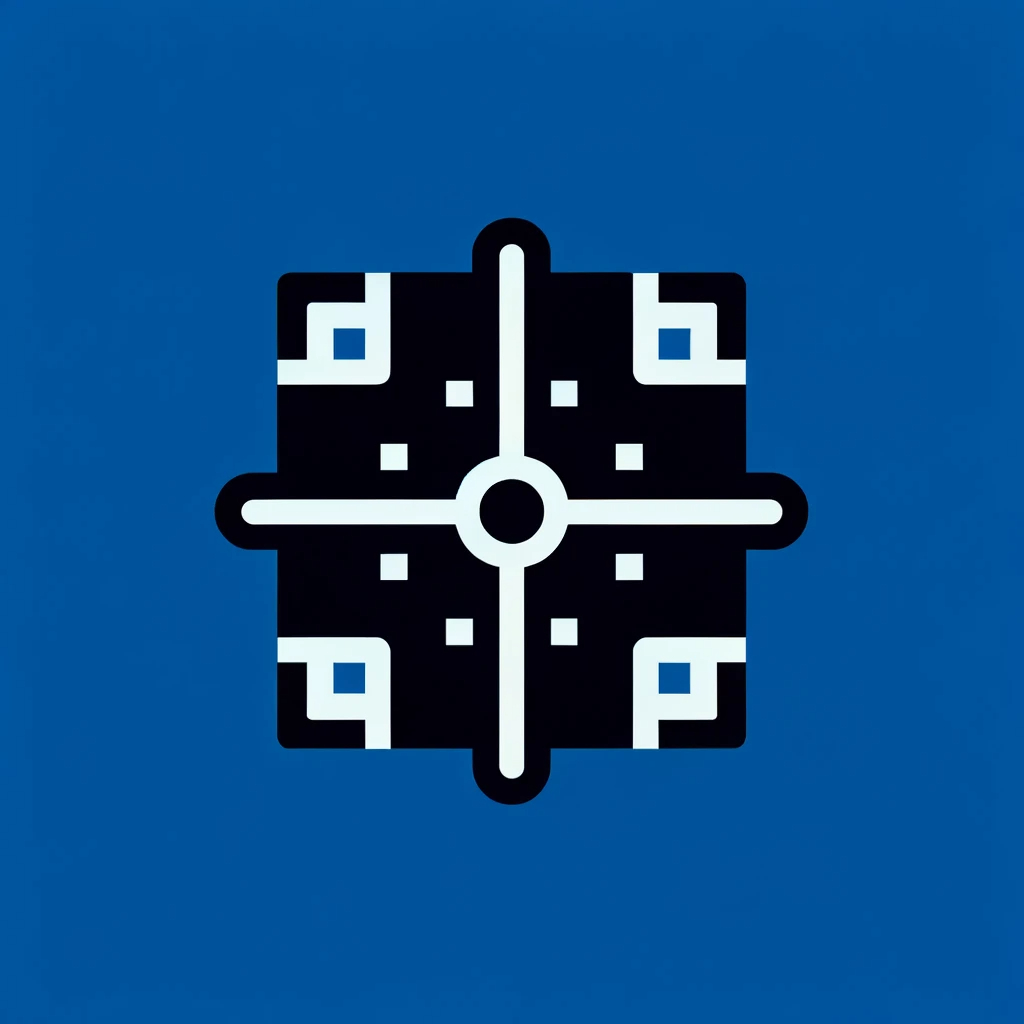Video Scene Location Recognition Using AI: Conclusion and Future Research
by
June 26th, 2024
Audio Presented by

Research and publications on cutting-edge rendering technologies, shaping 2d & 3d visual experiences across industries.
Story's Credibility

About Author
Research and publications on cutting-edge rendering technologies, shaping 2d & 3d visual experiences across industries.